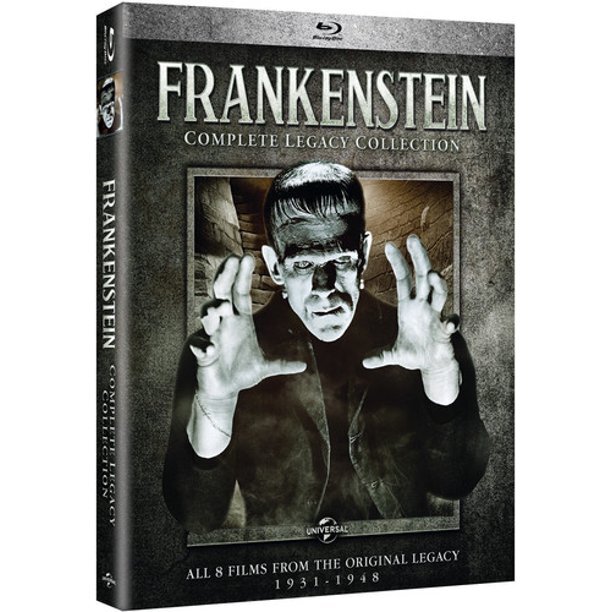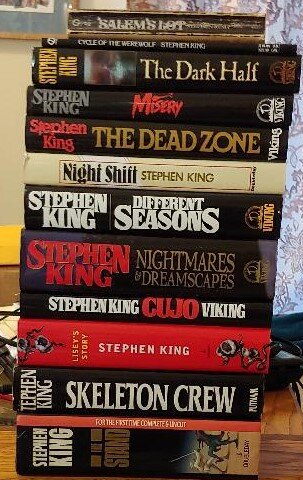This is a blog series about … well, series. I love stories that continue across volumes, in whatever form: linked short stories, novels, novellas, television, movies, comics.
cover art by Dexter Wee
The Führer and the Tramp, published by Comics Experience and Source Point Press, 2020
Writers: Sean McArdle and Jon Judy
Pencils and Inks: Dexter Wee
Letters and Colors: Sean McArdle
Editor: Andy Schmidt
Synopsis: Charlie Chaplin – comic, filmmaker, and raconteur – didn’t become the world’s biggest star by courting controversy, but when he comes face-to-face with the horrors of Hitler, he feels compelled to get off the sidelines and get involved. And then Charlie is approached by FDR himself with a special assignment. His mission, if he chooses to accept it: create a propaganda film to drum up public support for joining the war in Europe.
And so Charlie goes from movie maker to provocateur, traveling the world and dodging danger to complete his film. With the help of undercover agent Hedy Lamarr, her handler Errol Flynn, and British patriot Alfred Hitchcock, Chaplin faces down American fascists, Nazi spies, and his own massive self-doubt to complete his masterpiece.
But just because the film is done doesn’t mean the mission is, and little tramp and great dictator go toe-to-toe, Charlie and Adolph, one-on-one, mano a mano in a rip-roaring climax that fully delivers on the promise of the premise.
My Thoughts: I ordered this series through my local comic shop partially because the concept sounded fun, but mostly on the strength of Dexter Wee’s art. I got to know Dexter’s work on the webcomic Cura Te Ipsum, in which Dexter and writer Neal Bailey “Tuckerized” me in a few scenes. I’ve always found Dex’s work to be fluid, expressive, and full of action. So I was not surprised at how well he captured Chaplin’s antic physicality, Lamarr’s intelligent sexiness, Hitchcock’s imperious posture, and Flynn’s swashbuckling stature. He also manages to lampoon Hitler and the Nazi rank-and-file without being cartoony, not always an easy line to walk when one is trying to tell a funny story that doesn’t deflate the seriousness of the threat the Third Reich posed. Wee moves effortlessly from panoramic establishing shots to multi-panel action sequences to intimate close-ups. The things he closes in on aren’t always faces – another way he drives home each character’s personality (for instance, the focus on Chaplin’s legs on the first page of the first issue, as Charlie is confronted by a Nazi soldier who mistakes him for a German Jew lacking a star and papers conveys Chaplin’s aggravation at not being recognized, anger at the way Jews are being treated, and nervousness at possibly being arrested – all accomplished without a single facial expression in evidence). And his visual representations of very real people, from Chaplin to FDR to some surprise cameos in book five that are too fun to spoil here, are spot on. I’m pretty sure most folks would recognize each historical person even without dialogue or captions.
Wee’s art brought me to the book, but Sean McArdle and Jon Judy’s story and dialogue kept me invested through all five issues. They balance the comedy, drama, and action elements perfectly throughout, never allowing the comedic or fanciful sequences to subvert the very real seriousness of the Nazi threat. Of course, the series is intended to be, first and foremost, comedy. That comedy swings between physical slapstick (Chaplin naked and spilling iodine in FDR’s lap) and Noel Coward-esque banter (especially between Flynn and Lamarr), with some more subtle humor sprinkled throughout. The dialogue, whether comedic or serious, captures the vocal ticks and mannerisms unique to each character, matching how well Wee’s art captures their physical likenesses without sliding into cliché or pastiche. All three creators really did their homework, is what I’m saying. The pace is also near perfect: I can’t imagine this story feeling as complete if it had run fewer than five issues, but I can certainly imagine how bloated it would have felt at six or more.
Being a story that purports to tell “the truth behind the true events,” there’s a lot of stuff the creators admit isn’t historically accurate (it’s unknown whether Chaplin actually ever met FDR, for instance) and bits that trade off of urban legend (this is not the first time its been suggested that Lamarr and/or Flynn were employed by the US government as spies/operatives). The fun is in imagining that this all could have happened and been highly classified all this time. McArdle, Judy and Wee roll with that sense of fun throughout … and even hint that maybe this wasn’t the only time Charlie Chaplin got suckered into a high-stakes adventure alongside Lamarr and Flynn. I can only hope there’s another miniseries in the near future from this creative team.
I believe the individual print issues of The Führer and the Tramp are sold out from the publisher, so your local comic shop may have a hard time getting them for you. But there’s always the secondary market and the ebooks, until the trade paperback collection comes out in 2021.










